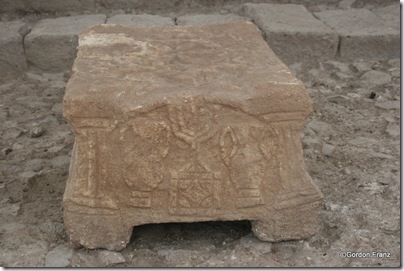Several years ago Eilat Mazar announced with great fanfare that she had discovered the palace of David. It was right where she had predicted it would be. Her analysis was based in part on the Bible, which she believed gave clues to where David’s palace was.
The main verse in Mazar’s proposal is 2 Samuel 5:17:
When the Philistines heard that David had been anointed king over Israel, all the Philistines went up to search for David. But David heard of it and went down to the stronghold.
The key word for locating the palace is “down.” Because David went from the palace “down” to the stronghold, the palace must be north of the stronghold because of the topography of Jerusalem.
But the Bible doesn’t say that David went from the palace, and it doesn’t say that he went to the stronghold of Jerusalem. In fact, I’m certain that he did not.
You might read the passage in 2 Samuel 5 yourself. I think you’ll be surprised that Mazar ever made this proposal, that it has been published twice in Biblical Archaeology Review, and that it (apparently) has never been critiqued.
Then you might check out my analysis published today at The Bible and Interpretation. Who do you think is right? Does it matter how one reads the biblical text as long as it agrees with the archaeological discoveries?


